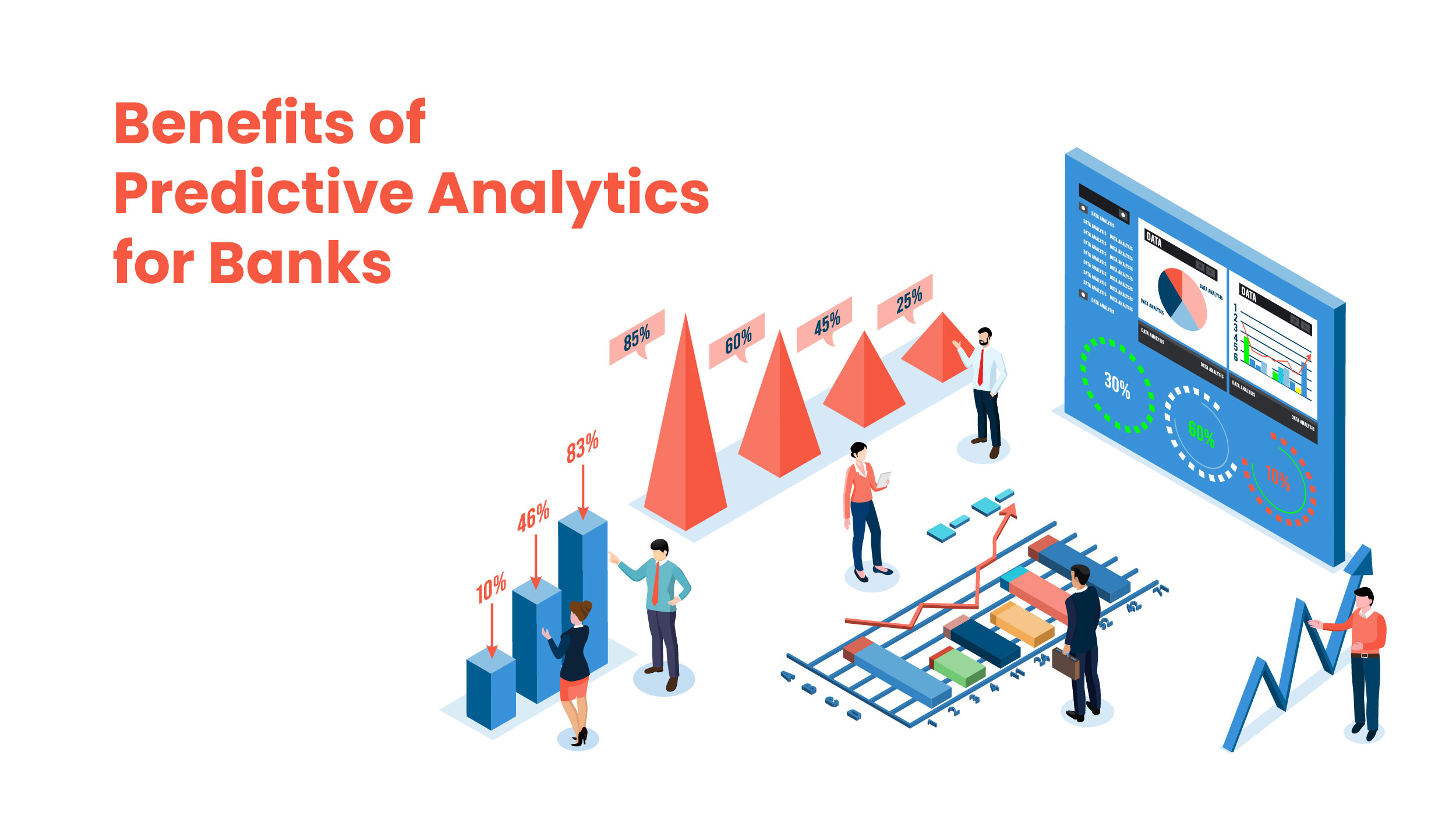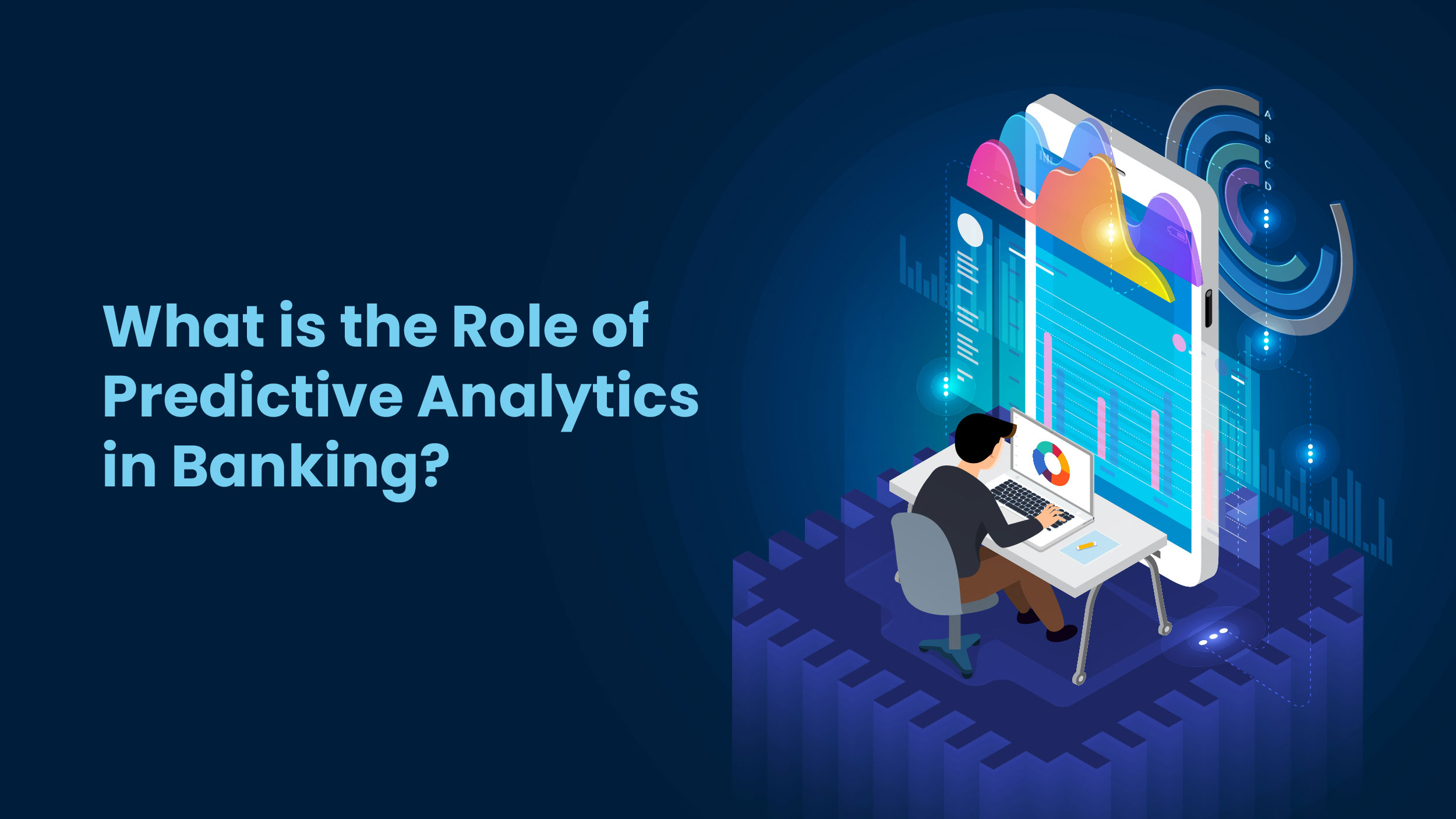Banking sector often faces the risk of mitigating and identifying risks. Traditional approach of data analysis and decision making doesn’t provide accurate insights.
This is where predictive analytics in banking comes into play. It is not as complex as it sounds. Honestly, it’s pretty simple.
Predictive analytics in banking involves using advanced techniques to understand and predict how the banking industry will evolve in the future. In this article, you’ll learn more about this concept, its benefits, challenges, and more.
What is Predictive Analytics in Banking?
Predictive analytics in banking involves using advanced techniques like data mining, modeling, statistical analysis, and machine learning to forecast trends, behaviors, and activities. By analyzing both historical and real-time data, banks can predict future outcomes and make informed decisions.
Why Do Banks Need Predictive Analytics?
Two critical pillars of the banking sector are lending and collections. Meticulous record-keeping is essential for effective collection management. Risk management is a cornerstone of a financial institution’s strategy, integrating trust, decision-making, and security elements. Unlike traditional approaches, modern banks now harness the power of data and AI to address and mitigate risks more effectively.
Banks rely on scoring models to make informed decisions and uncover predictive insights related to delinquency, default, and pricing. Algorithms provide banks with valuable insights into consumer spending habits and the creditworthiness of potential customers. This information enables banks to set appropriate credit limits and lending terms, thereby reducing the risk of defaults.
Predictive analytics plays a pivotal role in customer retention efforts. By leveraging predictive models, banks can forecast whether a customer is likely to leave, allowing proactive measures to retain clients and maintain customer loyalty. This strategic utilization of predictive analytics helps banks anticipate and mitigate potential churn, ensuring long-term customer relationships.
Also Read: Smart Investments: Harnessing the Power of AI in Asset Management
Benefits of Predictive Analytics for Banks

While the benefits of predictive analytics in banking can vary depending on the specific use case, several universal advantages generally apply:
- Cost Reductions: Predictive analytics can significantly reduce costs by preventing fraud, lowering loan default rates, and retaining customers who might otherwise churn. These savings directly impact a bank’s bottom line.
- Improved Decision-Making: Predictive modeling allows banks to make more informed, data-driven decisions. This enhances confidence in decision-making, ensuring that choices are optimal and risks are accurately assessed.
- Enhanced Customer Experience: As customer churn rises, maintaining customer satisfaction and loyalty is crucial. Predictive analytics enables advanced customer segmentation, allowing for personalized communication and support, which 78% of retail banking consumers expect, but only 44% feel they receive. It also facilitates personalized product recommendations.
- Automation and Business Intelligence: Banks can leverage predictive analytics software for automation and business intelligence. This helps understand customer behavior, predict long-term outcomes, and gain insights for product development and customer experience improvement.
- Strategic Decision-Making: Predictive analytics provides insights into market trends, customer preferences, and potential risks, aiding strategic decision-making. It helps banks build applications that better serve customers and make informed decisions on asset investments and portfolio management.
Predictive Analytics Use Cases in Banking
Predictive analytics is transforming the banking industry with several key applications:
Loan Delinquency Prediction
Interest payments are a major revenue source for banks, but they come with risks. Predictive analytics helps banks accurately predict the likelihood that an applicant will become delinquent or default on their loan. This enables banks to minimize bad debt and confidently approve loans according to their risk tolerance.
Fraud Detection
Online payment fraud is set to surpass $206 billion globally in the next five years, posing a significant threat to the financial sector. The rapid increase in digital transactions has created new opportunities for fraudsters, making robust fraud detection and prevention measures more critical than ever. Predictive analytics offers a proactive solution by identifying anomalies in real time, helping banks prevent losses due to fraud.
Customer Churn Prediction
Customer retention is crucial, as it directly impacts a bank’s revenue from transactions, fees, and interest payments. Predictive analytics can analyze customer behavior and transaction history to identify those at risk of leaving. This allows retention teams to proactively intervene and reduce churn rates.
What is the Role of Predictive Analytics in Banking?

Predictive analytics plays a multifaceted role in banking, offering various benefits to financial institutions:
- Risk Management: It helps banks identify and manage risks by analyzing historical transactional data and customer demographics. This enables proactive fraud detection and risk reduction, safeguarding customer assets and reputation.
- Customer Relationship Management: Predictive analytics analyzes customer data to understand behavior, preferences, and needs. This allows banks to offer personalized product recommendations and targeted marketing campaigns, enhancing customer satisfaction and loyalty.
- Business Intelligence: Banks gain insights into market trends, customer behavior, and risks, aiding resource allocation and strategic planning. Leveraging predictive analytics gives banks a competitive advantage.
- Fraud Detection: By analyzing transactional data, predictive analytics identifies patterns and anomalies, enabling the detection of suspicious activities and fraud attempts. This allows banks to take immediate action to mitigate risks and protect customers.
- Operational Efficiency: Predictive analytics optimizes operational processes by forecasting demand, managing cash flow, and streamlining operations. This leads to improved efficiency and reduced costs.
- Customer Retention: Banks proactively identify customers at risk of leaving and implement retention strategies based on churn patterns. Personalized incentives are offered to retain valuable customers.
- Market Opportunity Identification: Predictive analytics identifies potential new business opportunities by analyzing customer data and market conditions. This enables banks to target new customers, explore upselling opportunities, and expand product offerings.
Bottom Line
Predictive analytics has emerged as a game-changing solution in the banking industry. By harnessing the power of data and advanced analytics techniques, banks can gain valuable insights, make informed decisions, and stay ahead in a highly competitive landscape.




